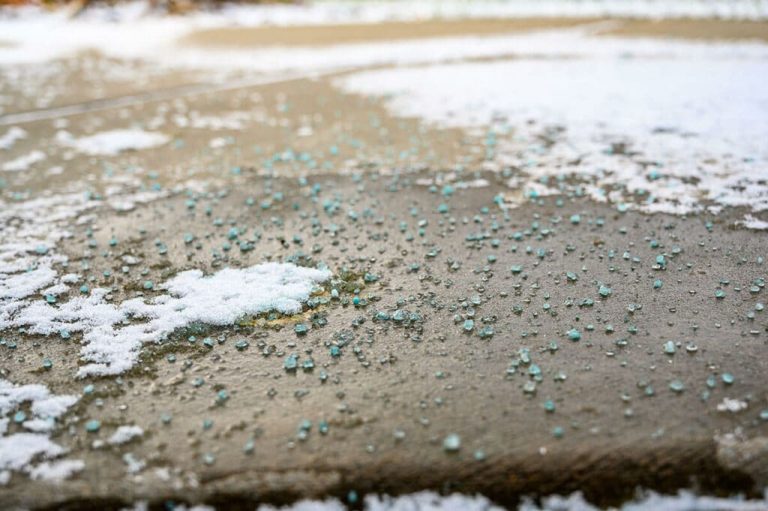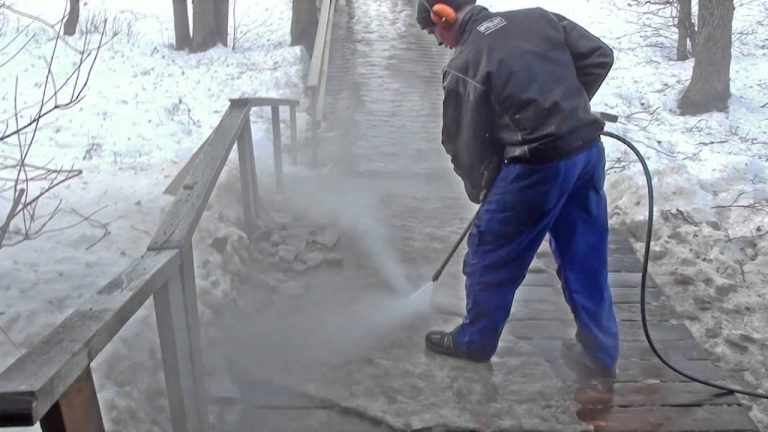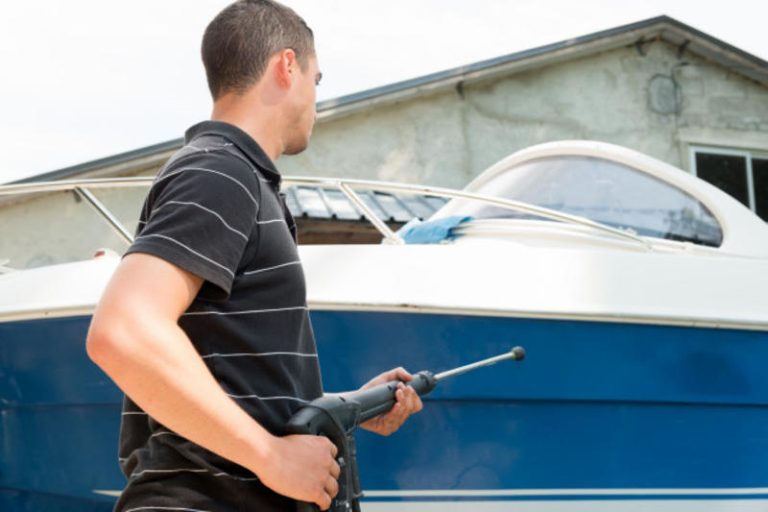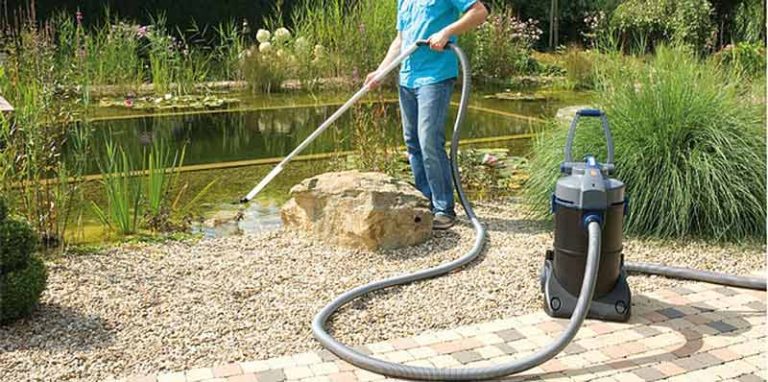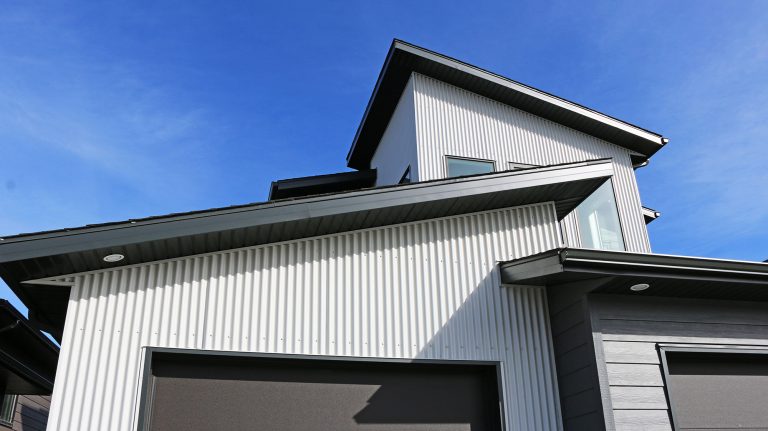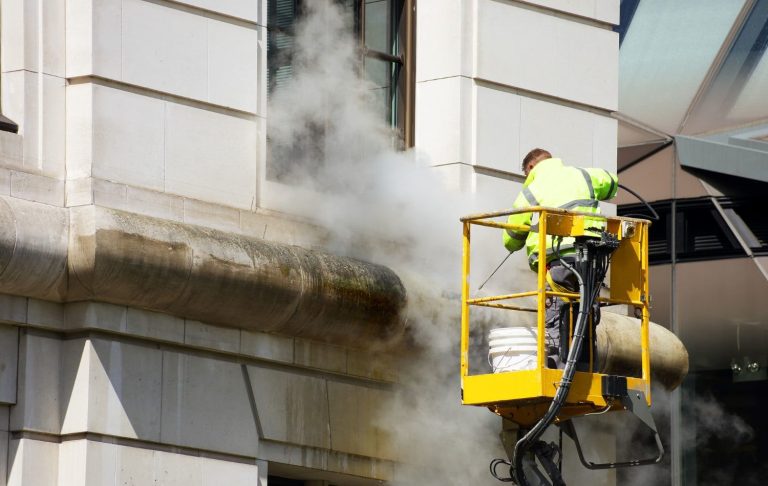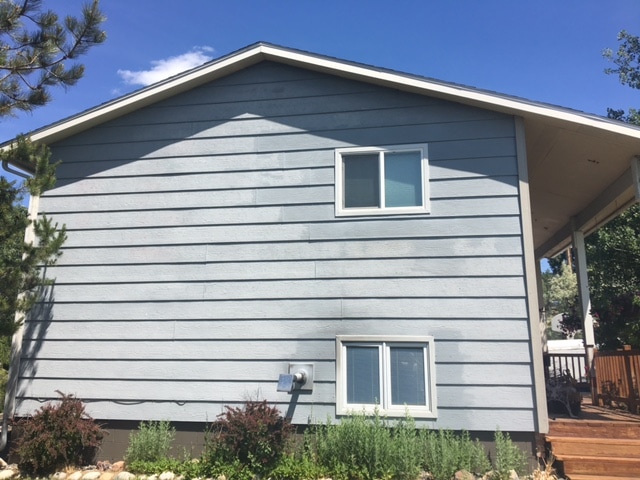
If your home, fence, or outdoor furniture is painted, it’s natural to want to keep it clean and looking fresh. Pressure washing seems like the perfect solution—quick, powerful, and satisfying. But many homeowners ask a smart question before firing up the washer:
Can pressure washing cause paint to fade over time?
✅ The short answer: Yes, it can—if not done correctly.
But don’t worry—this doesn’t mean you should avoid pressure washing painted surfaces altogether. With the right techniques and settings, you can safely clean your paint without stripping its color or sheen.
Let’s explore the science behind fading, what pressure washing can (and can’t) do, and how to keep your painted surfaces bright and bold for years to come. 🏡🎨
🎨 What Causes Paint to Fade?
Even before you introduce a pressure washer, painted surfaces naturally fade due to:
- ☀️ UV rays breaking down pigment over time
- 🌧️ Moisture and rain causing erosion or peeling
- 🌬️ Dust and dirt acting like sandpaper on the surface
- 🦠 Mold, mildew, or algae staining or discoloring paint
Pressure washing can add to this damage if you’re too aggressive—especially if the paint is old, thin, or low-quality.
💦 How Pressure Washing Affects Paint
Here’s what happens when pressure washing goes wrong on painted surfaces:
- Color fades prematurely: Too much pressure blasts away surface pigment
- Chalking occurs: High pressure exposes oxidized layers of paint
- Peeling or flaking: Water gets under weakened or cracked areas
- Streaks or patches: Uneven washing removes some paint layers but not others
Even on a structurally sound wall, repeated aggressive washing can slowly degrade the top layer of paint, leaving it dull and weathered.
Browse Amazon Here For Top Rated Power Washers And Accessories
🧼 How to Pressure Wash Painted Surfaces Safely
If you’re working with painted siding, fencing, shutters, or other outdoor areas, follow these key guidelines:
✅ 1. Use a Low Pressure Setting
- Stick to 1,200–1,800 PSI for painted surfaces
- Higher pressures can cut through paint—especially soft woods or old siding
✅ 2. Choose the Right Nozzle
- A 25° or 40° spray tip disperses the pressure more gently
- Avoid 0° or 15° tips that concentrate the blast and strip surfaces
✅ 3. Keep Your Distance
- Maintain at least 12–18 inches away from the surface
- Get closer only if absolutely necessary, and test a small area first
✅ 4. Spray at an Angle
- Spray at a downward angle to avoid forcing water behind siding
- Use sweeping, overlapping motions to clean evenly without striping
🏡 What Types of Paint Are Most Vulnerable?
Some paints handle pressure washing better than others. Here’s a breakdown:
🎨 Acrylic Latex Paints (Most Common for Exteriors)
- Fairly durable, but low-gloss versions may chalk or fade faster
- Avoid direct blasts—use low pressure with cleaning solution
🪵 Oil-Based Paints
- More resistant to fading but can peel or bubble if old or improperly applied
🌳 Painted Wood
- Very porous—never blast directly, as it can gouge or strip
- Use a soft-wash method or mild pressure combined with gentle detergent
🧱 Painted Masonry (Brick or Concrete)
- Can handle slightly more pressure, but avoid chipping edges or exposing joints
- Make sure mortar is sealed before cleaning
🧴 Use a Paint-Safe Cleaning Solution
Instead of relying solely on water pressure, let your detergent do the work.
Choose:
- Non-bleach, paint-safe detergents
- Biodegradable cleaners designed for house siding
- Mold and mildew removers that won’t degrade paint resin
Avoid:
- Chlorine bleach (can cause fading or yellowing)
- Harsh degreasers unless diluted
Let your solution sit for 5–10 minutes, then rinse thoroughly with gentle pressure.
🧽 Tips to Extend Your Paint’s Lifespan
- Wash your painted surfaces once a year, max—don’t overdo it
- Repaint or touch up every 5–8 years, depending on paint quality
- Apply a UV-protective clear coat to reduce fading on sunny sides
- Inspect for cracks, chips, or exposed surfaces before cleaning
- Consider “soft washing” as a safer alternative for aging paint jobs
⚠️ Signs Your Paint Can’t Handle Pressure Washing
You may want to avoid pressure washing if:
- Paint is more than 10 years old and has never been touched up
- You notice chalking (white powder when you rub the surface)
- You see peeling, blistering, or cracks in multiple areas
- The structure is historic or made of fragile wood siding
🛑 In these cases, go with a gentle hand wash or soft wash using a low-pressure sprayer and sponge.
✅ Final Thoughts
So, can pressure washing cause paint to fade over time?
🎯 Yes—if it’s done carelessly.
But with the right PSI, nozzle, cleaning products, and distance, you can safely remove dirt and grime without dulling your home’s vibrant finish.
A well-timed and well-executed wash can even extend the life of your paint by preventing mold, mildew, and oxidation. Just treat it like a car wash—not a paint stripper—and your home will shine like new. 🏠✨
Browse Amazon Here For Top Rated Power Washers And Accessories
